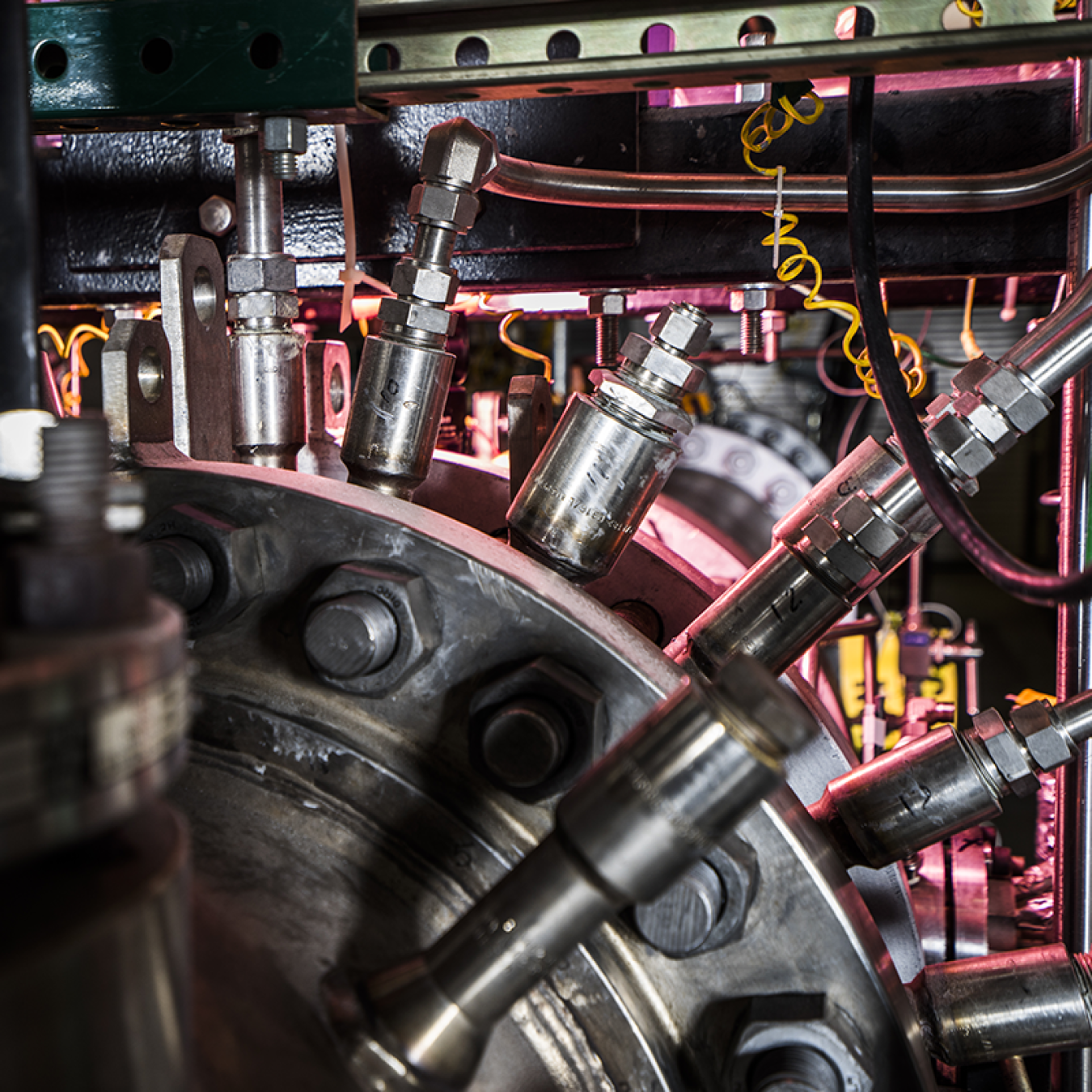
Each summer, STEM students from across the country leave their books behind and journey to national labs to participate in hands-on research experiences in world-class facilities as Mickey Leland Energy Fellows. Created in 1995 the Department of Energy’s (DOE) Mickey Leland Energy Fellowship Program (MLEFP) is an example of how DOE’s Office of Fossil Energy (FE) is preparing and supporting a future diverse pipeline for the U.S STEM-energy workforce, including meeting the needs of projected increases in job opportunities in oil and natural gas.
Since its inception, the fellowship has provided over 650 students with opportunities to gain applied research experience at DOE Headquarters and several DOE national laboratories, including FE’s National Energy Technology Laboratory (NETL) locations in Pittsburgh, PA; Morgantown, WV; and Albany, OR. So, how do employment prospects look for these future energy innovators?
According to the Bureau of Labor Statistics (BLS) latest (May 2018) jobs survey, the super sector of mining, oil and natural gas extraction directly employs nearly 650,000. While that number represents significant employment opportunities, extraction is only part of the larger oil and natural gas value chain. Generation, production, transmission and processing have an even larger U.S. employment footprint.
Oil and natural gas extraction jobs encompass a wide spectrum of required education and training. Some of the current opportunities and their median annual salaries include:
- Geoscientists - $131,830
- Petroleum engineers - $134,960
- Wellhead pumpers - $55,210
- Derrick operators - $46,140
- Roustabouts - $36,960
- Rotary Drill Operators - $53,980
The latter three occupations are also projected to be in high demand and are listed as BLS’s fastest growing occupations through 2026.
So, what’s driving this lucrative employment boom? According to the 2018 Energy Information Agencies Annual Energy Outlook (AEO) report, growth in U.S. crude oil and natural gas plant liquids production is projected to continue to increase through 2050. This growth is primarily due to further development of U.S. shale, tight oil, and natural gas resources combined with increases in global consumption driven by economic growth and its accompanying industrial and domestic energy demand. The U.S. is already leading the world in natural gas production and, according to the AEO, is projected to become a net energy exporter by 2022.
With strong domestic energy production and world demand, the U.S. oil and natural gas industry is a significant driver of economic growth and direct and indirect domestic job creation. While the 27th triennial World Gas Conference (WGS) meets in Washington DC from June 25-29, the implications of increased, current and projected domestic and international natural gas production and demand is being discussed by thousands of attendees from across industry and government. Presenters from NETL and DOE are on hand discussing the opportunities and challenges of increased US natural gas production.
Along with addressing strategic, commercial and technical issues facing the gas value chain, this year’s conference will devote considerable time and programming to the parallel oil and natural gas workforce challenges that face the industry. Such challenges include supporting STEM with an eye toward supplying the future oil and natural gas industry with a diverse and knowledgeable supply of employees.
With such a steadily rising industry, it’s no wonder that interns like the Mickey Leland Energy Fellows are choosing to train with FE scientists, engineers, and program officials. As the United States continues to secure its energy dominance through innovations in fossil energy, these bright young men and women are destined to become leaders in a field that values and supports STEM education.